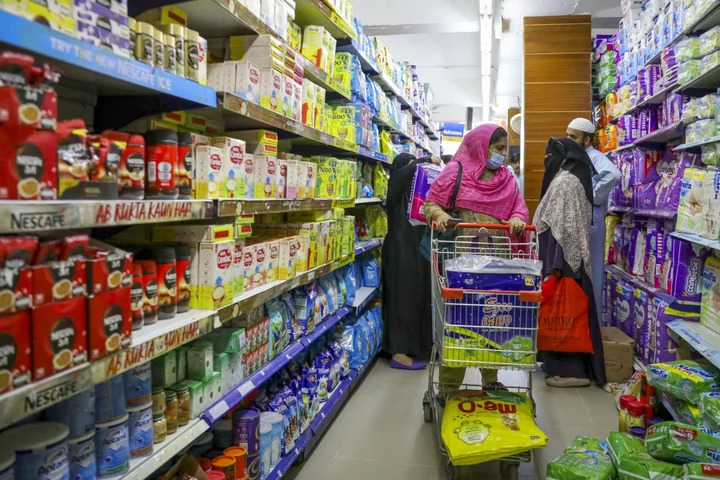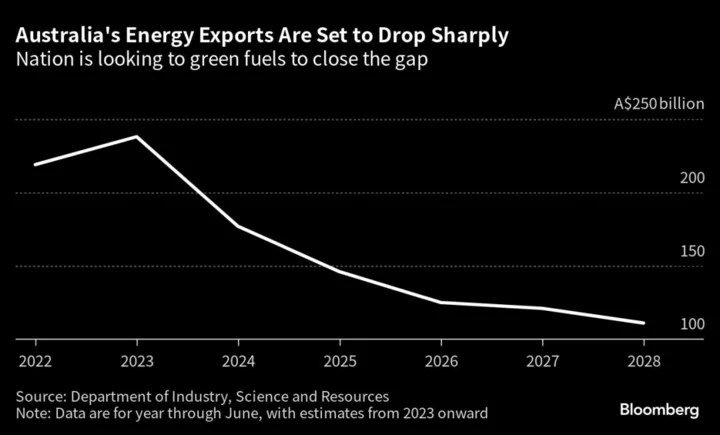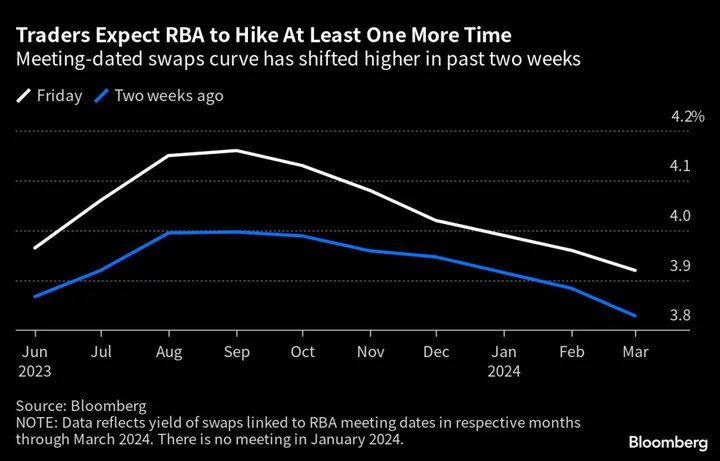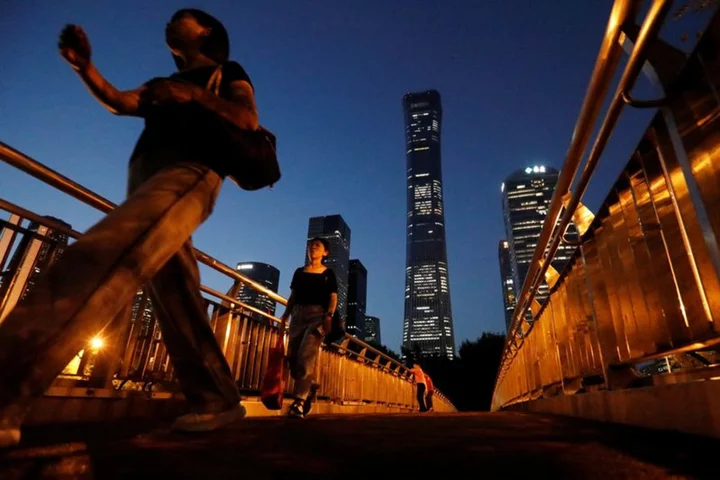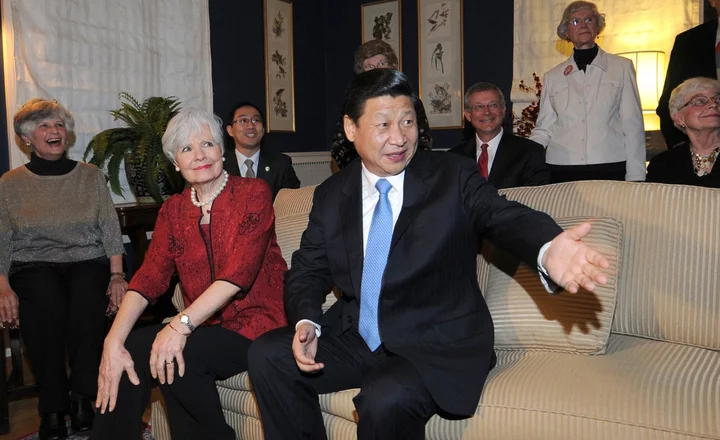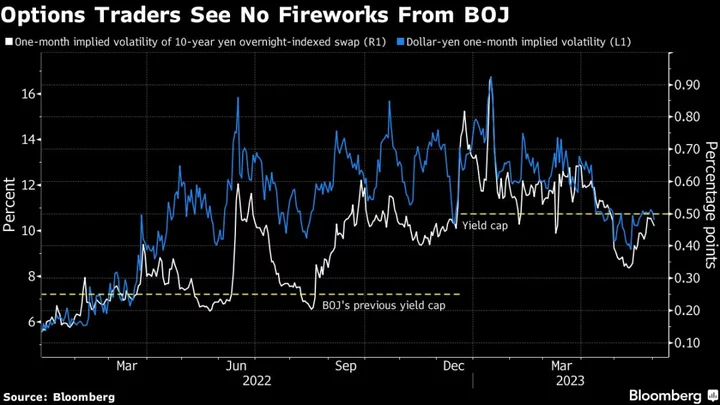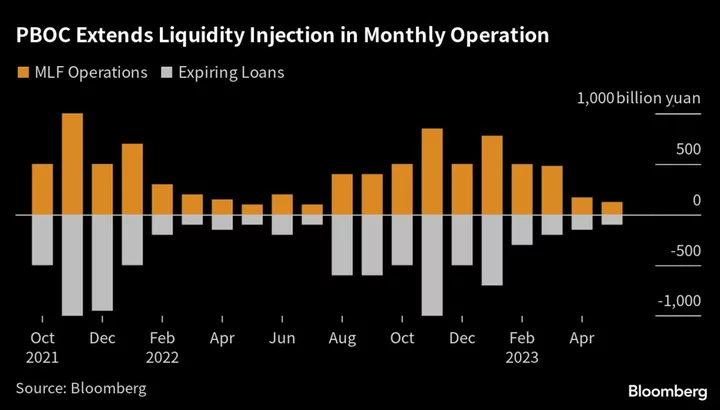Pakistan’s inflation eased in October as authorities slashed fuel prices and cracked down on currency hoarders to tame prices.
Consumer prices slowed 26.89% in October from a year earlier, according to data released by the Pakistan Bureau of Statistics on Wednesday. That compares with a median estimate for a 26.30% gain in a Bloomberg survey and a reading of 31.44% in September.
The numbers are in-line with expectations of the central bank that forecast a decline in price gains in October due to downward adjustments in fuel prices and easing food costs. Pakistan government reduced gasoline prices last month by 40 rupees a liter to lower the cost of living for citizens.
While volatility in global oil prices and an increase in gas tariffs pose risks to the inflation trajectory, tight monetary and fiscal policy will aid Pakistan’s efforts to tame price-gains, the nation’s central bank said on Monday. The State Bank of Pakistan held its benchmark interest rate for a third straight meeting in October ahead loan review talks with the International Monetary Fund.
An IMF team will visit Pakistan on Nov. 2 to hold talks for the release of a second payout of about $700 million under a $3 billion aid program. The payout will be key to unlock further funding and support Pakistan’s economy. Pakistan is hopeful to complete the review after meeting its targets, caretaker Prime Minister Anwaar-ul-Haq Kakar said this week.
Pakistan is still home to the fastest inflation in Asia. Transport prices jumped by 31.33% in October from a year ago and food costs were 26.82% higher, official data showed. Housing, water and electricity prices increased by 20.50%.
Recently, the government also launched operations against currency hoarders and smugglers as the country faced surges in prices due to shortages. Pakistan’s rupee has gained about 9% since last month, the best performing currency globally, that has eased price pressures, according to data tracked by Bloomberg.
(Updates with details in fifth paragraph onwards)

